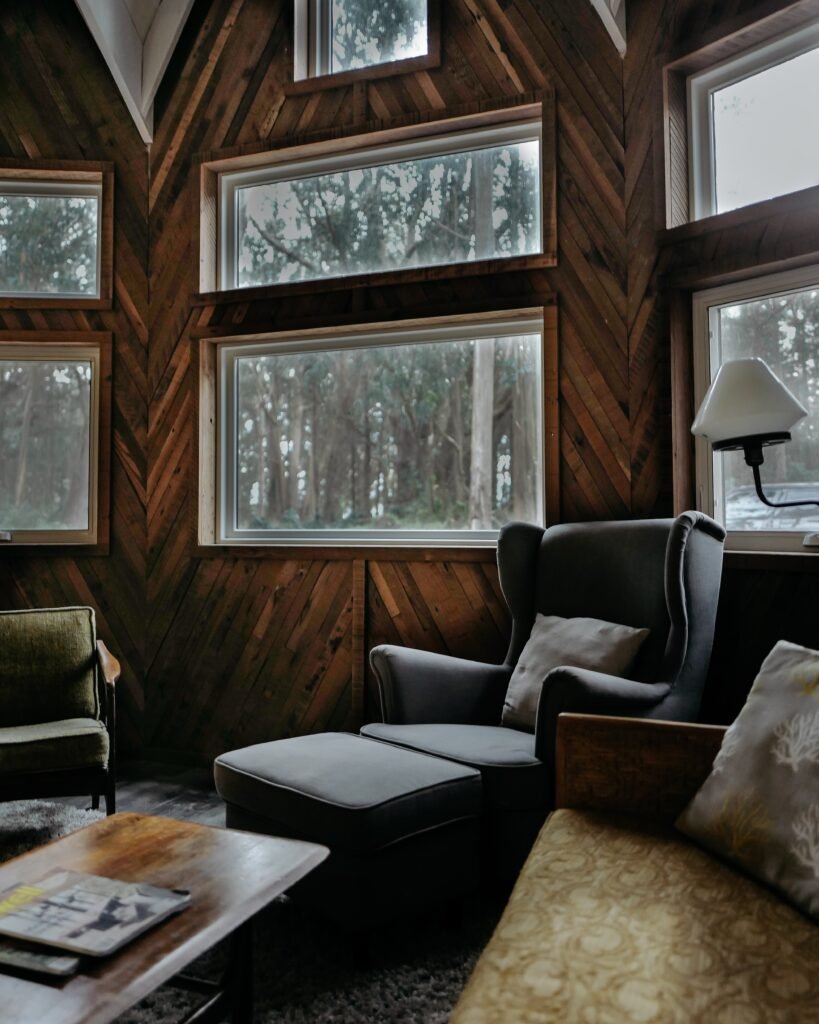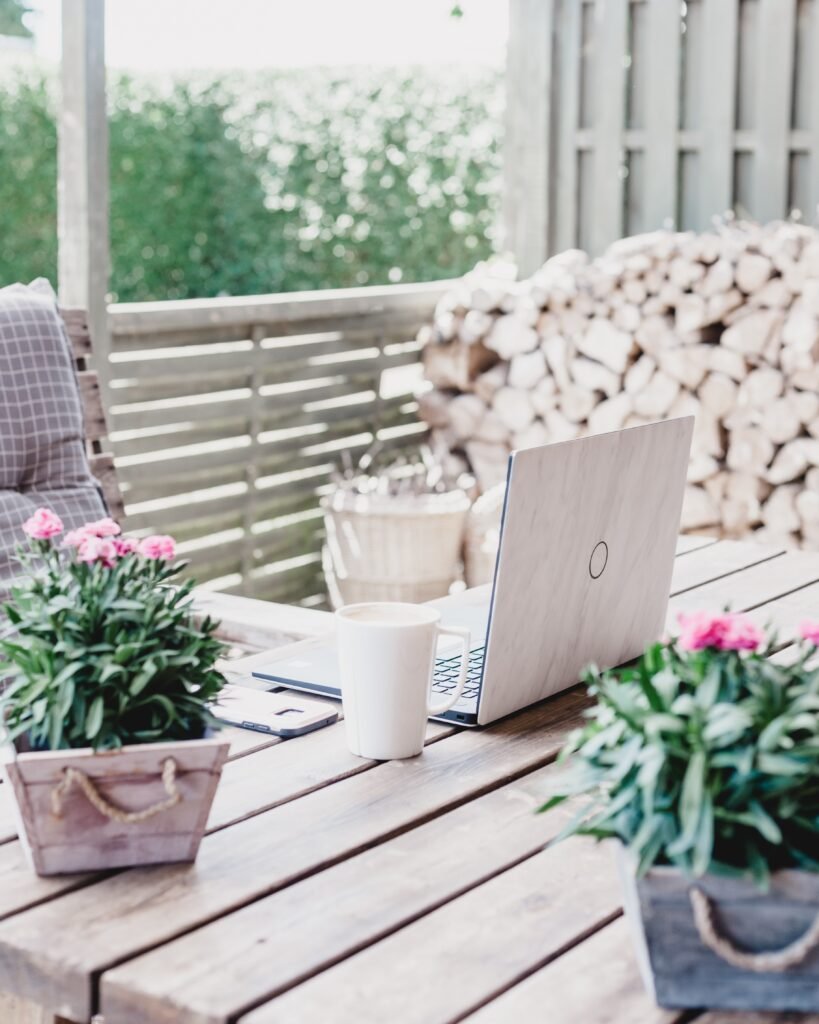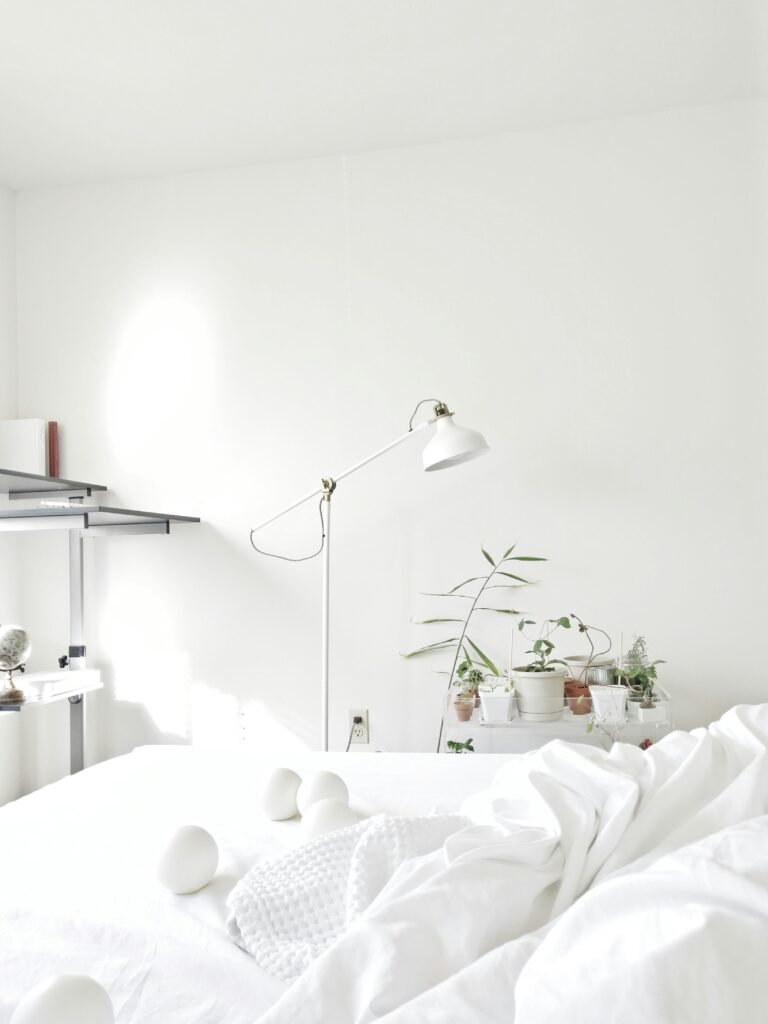So, you’ve decided to put your home on the market and you’re looking to sell it quickly? Well, you’ve come to the right place. In this article, we’ll guide you through the process of staging your home to appeal to potential buyers and increase the chances of a fast sale. From decluttering and depersonalizing to highlighting your home’s best features, we’ll share valuable tips and tricks to make your property shine. Get ready to impress those potential buyers and say goodbye to your home in no time!

Understanding the Importance of Home Staging
What is home staging?
Home staging is the process of preparing a property for sale by making it look appealing to potential buyers. It involves enhancing the property’s aesthetics, creating a warm and inviting atmosphere, and highlighting its key features. Home staging goes beyond mere cleaning and decluttering; it aims to create an emotional connection between the buyers and the property.
Why is home staging crucial?
Home staging is crucial because it significantly impacts the sale of your home. When done correctly, it can attract more buyers, increase the sale price, and speed up the selling process. Effective staging helps buyers visualize themselves living in the space, making it easier for them to see the potential in the property. By creating a positive first impression, home staging entices buyers to explore further and consider making an offer.
How does home staging impact sale speed and price?
Home staging plays a vital role in both the speed and price of a sale. A well-staged home can attract more potential buyers, leading to increased competition and a higher probability of receiving multiple offers. With more buyers interested, the property is likely to sell faster. Additionally, staging can increase the perceived value of the home, allowing sellers to command a higher sale price. When buyers see a professionally staged property, they are willing to pay more due to the perceived quality and aesthetic appeal.
De-cluttering Your House
The effect of clutter on potential buyers
Clutter is one of the biggest turn-offs to potential buyers. It creates a sense of chaos and distracts buyers from seeing the true potential of the space. Clutter makes rooms appear smaller and can give the impression that the property lacks proper storage. Buyers want to envision themselves living in a clean and organized space, so it is crucial to minimize clutter before showing your home.
Steps to effectively de-clutter
To effectively de-clutter your home, start by sorting through each room and identifying items that you no longer need or use. Create separate piles for items you want to keep, donate, or throw away. It’s essential to be ruthless during this process and only keep items that enhance the space. Invest in storage solutions, such as bins and baskets, to help organize items that you want to keep but don’t necessarily need on display.
Temporary storage solutions for excess belongings
If you find that you have excess belongings that you want to keep but need to remove temporarily during the selling process, consider renting a storage unit. This allows you to safely store your belongings while showcasing a clutter-free home to potential buyers. When utilizing storage solutions, be sure to label boxes and maintain an organized system to make it easier when the time comes to retrieve your belongings.

Creating a Neutral Environment
Why neutrality matters?
creating a neutral environment is crucial when staging your home. Neutral colors provide a blank canvas for buyers to imagine their own personal style and belongings in the space. Bold and vibrant colors, on the other hand, can be distracting and may not appeal to everyone’s taste. By opting for neutral colors, you increase the likelihood of appealing to a wider range of potential buyers.
Choosing neutral color palettes
When selecting neutral color palettes, consider using shades such as beige, white, gray, and soft pastels. These colors create a sense of calmness and allow the buyer to focus on the architecture and features of the property. Neutral walls provide a versatile backdrop for furniture and decor, making it easier for buyers to envision their own style blending seamlessly into the space.
Removing personal items and decorations
As part of creating a neutral environment, it is essential to remove personal items and decorations that can hinder buyers from connecting with the home. Family photos, personal collections, and highly specific decor can make it challenging for buyers to see themselves living in the space. By depersonalizing your home, you create an opportunity for buyers to envision their own lives within the property.
Addressing Necessary Repairs
Identifying visible damages
Before listing your home, thoroughly inspect each room for any visible damages that could deter potential buyers. This includes cracked tiles, peeling paint, leaky faucets, or broken light fixtures. Addressing these issues promptly shows buyers that the property has been well-maintained and minimizes potential negotiation points that could delay the sale.
Prioritizing key repairs
While it may not be feasible to repair every minor flaw, it is crucial to prioritize key repairs that can have a significant impact on buyers’ perception of the property. Focus on repairs that are visible, such as damaged flooring or moldy grout. These repairs ensure that buyers have a positive initial impression and can visualize the property without being distracted by maintenance issues.
The impact of well-maintained homes on buyers
Well-maintained homes leave a lasting impression on buyers and can significantly influence their decision-making process. A property that has been properly cared for showcases the seller’s pride of ownership and gives buyers confidence that they are investing in a property that will require minimal immediate maintenance. By addressing necessary repairs, you demonstrate to buyers that your home is move-in ready and alleviate concerns about hidden issues.

Improving Curb Appeal
Why first impressions matter?
First impressions are crucial when selling your home. The exterior of the property is the first thing potential buyers see, and it sets the tone for their overall perception of the home. A well-maintained and visually appealing exterior creates anticipation and excitement, prompting buyers to explore further.
Landscaping and door enhancements
Investing in landscaping and door enhancements can significantly improve curb appeal. Ensure that your lawn is well-manicured, flowers are planted, and any overgrown shrubs or trees are trimmed. Pay attention to the front door as it should be clean, repainted if necessary, and have attractive hardware. Consider adding a fresh coat of paint to the entrance to make it more inviting.
Exterior cleaning and painting
Aside from landscaping, thoroughly clean the exterior of your home. Pressure wash the siding, clean the windows, and remove any dirt or cobwebs. If the paint on the exterior is faded or chipped, consider repainting it to give the property a fresh and well-maintained appearance. Choosing neutral or complementary colors for the exterior can enhance its appeal and make it more marketable.
Highlighting Key Selling Points
How to identify your home’s key selling points
Identifying your home’s key selling points is crucial when staging your property. Take some time to analyze your home’s unique features, such as architectural details, views, or spacious rooms. Consider your target buyers and what they would find most appealing about your home. By focusing on these key selling points, you can effectively market your property and stand out from the competition.
Effective ways to highlight these features
Once you have identified your home’s key selling points, showcase them in the best possible light. Arrange furniture and decor to draw attention to these features. For example, if you have a beautiful fireplace, arrange seating around it to create a cozy focal point. If your home has large windows with stunning views, keep the window treatments minimal to maximize the visual impact.
Avoiding overstating and over-decorating
While highlighting key selling points is important, it’s equally crucial to avoid overstating or over-decorating these features. Keep the staging simple and elegant to allow potential buyers to appreciate and imagine their own belongings in the space. Overstating or over-decorating can make the home feel impersonal or overly specific to the seller’s taste, which may limit its appeal to a broader range of buyers.
Staging Each Space with Intention
Strategies for staging living areas
When staging living areas, it’s important to create a welcoming and inviting atmosphere. Start by arranging furniture to maximize the flow of the room and create cozy conversation areas. Use soft lighting, such as table lamps or floor lamps, to create a warm ambiance. Incorporate decorative accents, such as throw pillows or artwork, to add color and personality without overwhelming the space.
Tips for bedroom and bathroom staging
In the bedroom, create a relaxing retreat by using neutral bedding, soft lighting, and minimal decor. Remove any personal items, and ensure that the room feels comfortable and spacious. In the bathroom, remove all personal toiletries and create a spa-like atmosphere with fresh towels, scented candles, and neatly organized essentials.
The importance of outdoor space staging
Outdoor spaces, such as patios or gardens, can be a major selling point for buyers. Stage these areas with outdoor furniture, potted plants, and cozy accessories to create an inviting oasis. Accentuate the unique features of the outdoor space, such as a fire pit or a picturesque view, by arranging furniture to showcase these aspects. Outdoor staging allows buyers to visualize themselves enjoying the space and enhances the overall appeal of the property.
Lighting Adjustments for Ambiance
The effect of lighting on mood
Lighting plays a significant role in creating ambiance and setting the mood of a space. Bright and harsh lighting can make a room feel cold and unwelcoming, while soft and warm lighting can create a cozy and inviting atmosphere. It’s important to consider the purpose of each room and use appropriate lighting to showcase the space effectively.
Natural vs artificial light
Both natural and artificial light have their benefits when it comes to home staging. Natural light creates a sense of openness and can make rooms appear larger. Whenever possible, maximize natural light by opening curtains or blinds and ensuring windows are clean. Artificial lighting, on the other hand, allows you to create a specific mood and highlight key features. Use a combination of overhead lighting, floor lamps, and table lamps to create a balanced and inviting ambiance.
Utilizing light fixtures for emphasis
Light fixtures can serve as decorative elements and also draw attention to certain areas of a room. Use statement light fixtures, such as chandeliers or pendant lights, to create a focal point in a dining area or hallway. In areas with artwork or architectural features, consider installing spotlights or wall sconces to ensure these elements are properly highlighted. Thoughtfully placed lighting fixtures can enhance the overall aesthetic of the space and create a memorable impression for buyers.
Setting the Right Price
The role of pricing in the speed of sale
Setting the right price is crucial to ensuring a quick sale. Overpricing a property can discourage potential buyers and result in it languishing on the market. On the other hand, underpricing can make buyers question the value of the property and lead to missed opportunities to maximize the sale price. Pricing the home accurately ensures that it attracts serious buyers and generates interest from the start.
Conducting a comparative market analysis
To determine the right price for your home, it’s essential to conduct a comparative market analysis (CMA). A CMA involves researching similar properties in your area that have recently sold or are currently listed. By comparing factors such as size, location, condition, and amenities, you can get an accurate estimate of your home’s value. Working with a professional real estate agent can also help you navigate the intricacies of the local market.
Flexible pricing strategies
In a competitive market, offering flexibility in pricing can be a strategic move. Consider listing your home slightly below market value to generate interest, attract multiple offers, and potentially spark a bidding war. Alternatively, you can price your home at market value and be open to negotiating with serious buyers. By being flexible with your pricing strategy, you increase your chances of selling quickly and maximizing your overall return on investment.
Promoting Your Staged Home
Take professional photos
High-quality professional photos are essential when promoting your staged home. These photos will be the first impression many potential buyers have of your property, so it’s crucial to make them visually appealing. Hire a professional photographer who specializes in real estate photography to capture the best angles, lighting, and composition. Professional photos not only make your listing stand out but also entice buyers to schedule viewings.
Promote your home on appropriate platforms
Once you have professional photos, it’s time to promote your staged home on appropriate platforms. Utilize online platforms such as real estate websites, social media, and virtual tours to reach a wide audience. Work with your real estate agent to create a compelling listing that highlights the key features of your home. Additionally, consider mailing printed flyers or hosting local events to attract potential buyers in your community.
Hosting effective open houses and viewings
Open houses and viewings provide potential buyers with the opportunity to experience your staged home firsthand. To ensure these events are successful, create a warm and welcoming atmosphere. Before each viewing, touch up any staging elements, ensure the home is clean and inviting, and consider adding fresh flowers or baking cookies for a pleasant scent. Be prepared to answer questions about the property and highlight its key features. By providing a positive and informative experience, you increase the likelihood of receiving offers and securing a quick sale.
In conclusion, understanding the importance of home staging is essential when selling your property. From de-cluttering and creating a neutral environment to addressing necessary repairs and enhancing curb appeal, each stage of the process plays a crucial role in attracting potential buyers, increasing the sale price, and expediting the selling process. By following these comprehensive tips and strategies, you can effectively stage your home for a quick sale and maximize its marketability.
